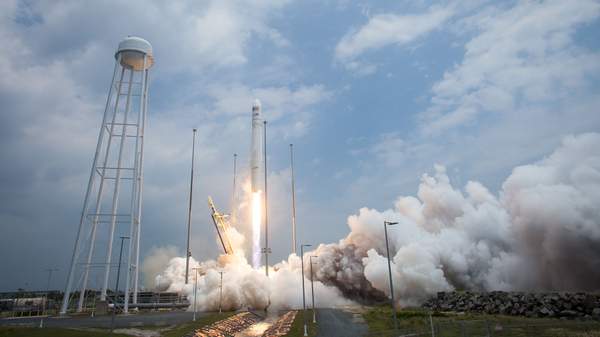Overview
Already home to a natural landmark that can be seen from space, as well as a luminous installation that brightens up the night sky, the Northern Territory is about to add another stellar sight — and site — to its list. From next year, Australia's Top End will make history when it becomes the first privately-owned location outside of the United States to launch NASA rockets.
The US National Aeronautics and Space Administration's Goddard Space Flight Center/Wallops Flight Facility is partnering with the NT's Arnhem Space Centre, SBS reports, with private outfit Equatorial Launch Australia receiving the contract to provide temporary launch facilities in the southern hemisphere. Four rockets, measuring approximately 15 metres high, are expected to launch from the spaceport next year according to the ABC, with each spending around 15 minutes in suborbital space. Their purpose: scientific investigations.
Already a lure for tourists, it was Arnhem Land's distinctive landscape and geographical location that reportedly proved an attraction — with NASA clearly taking the Top End moniker literally. The ASC is located in Nhulunbuy, around 700 kilometres east of Darwin.
While NASA won't take off from the site until next year, it's expected that the ASC will be ready to launch small rockets by the end of this year. Even better — the centre is planning to launch spaceflights in 2020.
The news comes as Australia keeps stepping up its space game — or reigniting it after closing down the Australian Space Office back in 1996. The federal government announced formed the Australian Space Agency in 2018, and revealed that it'd be headquartered in Adelaide from this year.
In a statement, ASA Head Dr Megan Clark AC said that "NASA's interest in conducting a sounding rocket campaign in Australia shows the increasing importance of commercial launch activities from Australia".
Via: SBS/ABC. Image: NASA/Bill Ingalls.
